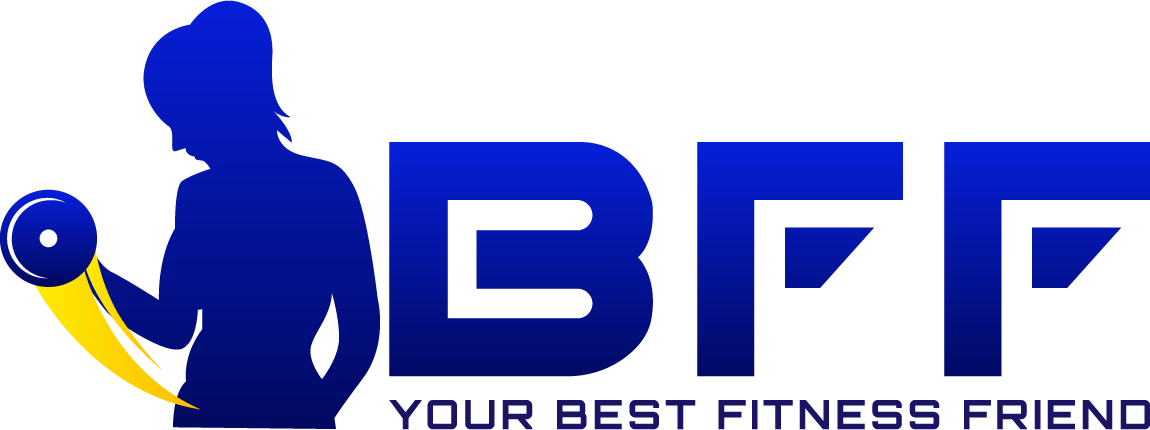This diet isn’t sustainable for most people- as a matter of fact, most people I know who have followed this plan count the minutes until they can be done with it!
However, the elimination food groups for a period, followed by reintroducing them one at a time can be incredibly illuminating. The mindful re-introduction is the most important benefit. A positive aspect of the Whole30 comes right after the 30 days, which is the systematic re-introduction of the restricted foods into your diet. If you go out for pizza and beer on day 31, then you’ve gotten nothing out of it except a short-term restriction diet. However, reintroducing wheat, dairy, and alcohol one at a time, while actually paying attention to how your body is reacting to it, IS the point.
Elimination is actually a well-established method for identifying food sensitivities. It is, in fact, thought to be far more reliable than the allergy testing (skin and blood) done in the past. An elimination diet usually focuses on the foods that are most likely to cause adverse reactions. Wheat and other gluten-containing grains and dairy are the most common food sensitivities–and these are among the foods excluded on the Whole30. Other likely culprits that are often excluded on an elimination diet, such as eggs and nuts, are not excluded on the Whole30. So, if you have a sensitivity to those, it probably wouldn’t be identified.
Although the Whole30 excludes other foods like non-gluten-containing grains and natural sweeteners, sensitivities to these foods are not common. This lends a little confusion to the process. Are we eliminating foods because they are not the healthiest choices to begin with and we want to eliminate them temporarily to break their hold on our habits or are we trying to determine if we are feeling lousy because of a food sensitivity? Additionally, many people go through this process to find that none of the elimination foods actually caused them a problem of any sort upon reintroduction! Seems like a lot of pain with no gain!
I think the Whole30 program is actually encouraging participants to do too many things at once. If your intention is to identify (some) food sensitivities, it can help with this but, it doesn’t seem complete because it eliminates some foods that aren’t typical culprits, and doesn’t eliminate others that are. If your intention is to disrupt some unhelpful food habits or cravings and evaluate emotional and behavioral responses to food, it COULD be helpful to that end. As is often the case, a tool that’s designed to do all sorts of different jobs is sometimes less effective or just harder to use than a tool that’s designed to do just one thing.
If your goal is really just to identify the foods that cause you problems and remove them from your life, you really wouldn’t have to do this exercise more than once. You could also look at other types of elimination food plans (South Beach or Quick and Clean for example). However, for these food plans to be successful, you have to individualize them to fit you and the foods that cause YOU problems.
An additional tendency to be aware of is that many people cycle through this process regularly. The problem with this practice is that we revisit this process almost as penance for a period of negative choices…and, you are correct if you think this sounds like yo-yo dieting! Having this protocol out there to use as a bargaining chip with yourself can be a dangerous thought process (I am going to go all out and enjoy this holiday/vacation/celebration because I can always go back on the ‘Whole30’ to get back on track/loose the weight gained) because it doesn’t allow you to exercise and continue to build your ‘self – control’ muscle, which is actually a far better approach and puts YOU in control of your choices.
The bottom line is this— You have to find a food plan that is individualized and fits YOUR life. You have to  decide if you need to follow a process that will help you with cravings and bingeing or will help you determine food sensitivities. Most people are not (and probably should not be) on both journeys at the same time. Finding a reasonable plan that fits you can be difficult. That is where some help from a registered dietitian or nutritionist (or even a Bff coach 🙂 ) can be very beneficial. If I can help in any way, please reach out, I am here for YOU!!
decide if you need to follow a process that will help you with cravings and bingeing or will help you determine food sensitivities. Most people are not (and probably should not be) on both journeys at the same time. Finding a reasonable plan that fits you can be difficult. That is where some help from a registered dietitian or nutritionist (or even a Bff coach 🙂 ) can be very beneficial. If I can help in any way, please reach out, I am here for YOU!!
Remember, you are only one good choice away from being back on track with your food plan!
Thanks for hanging out for a bit with Your Bff–Be Well!

Recent Comments